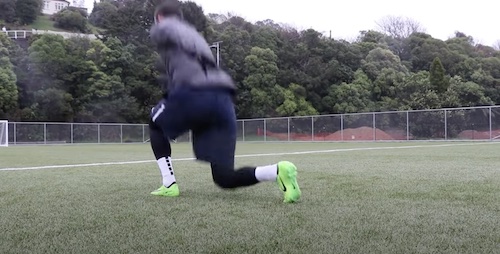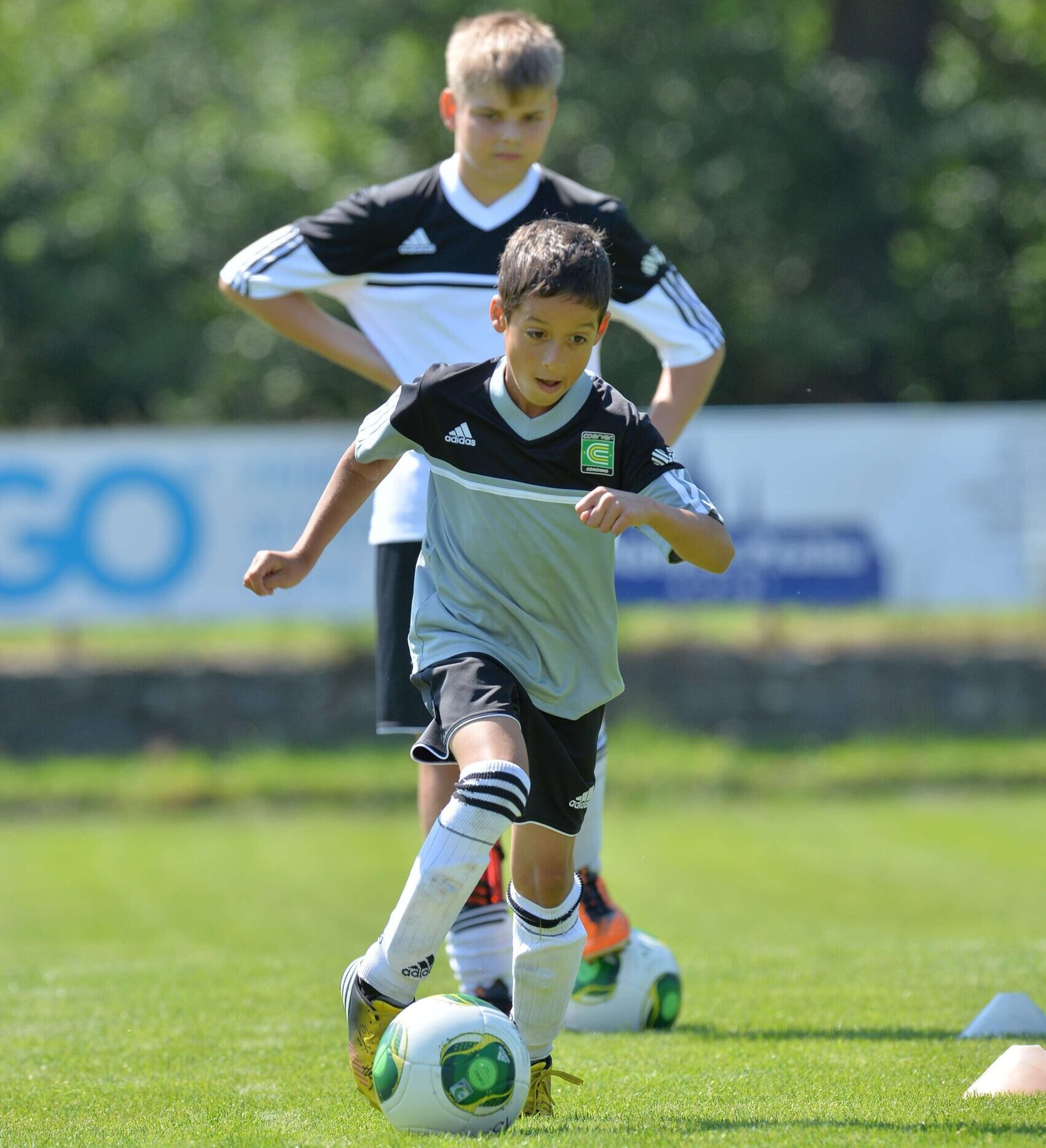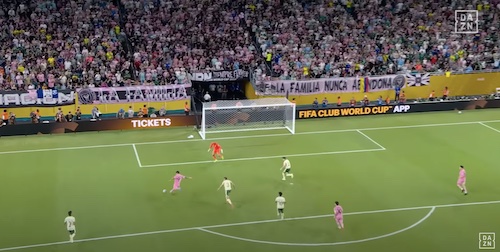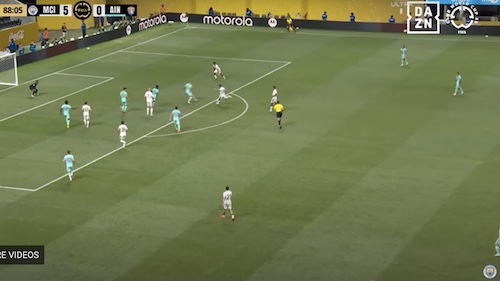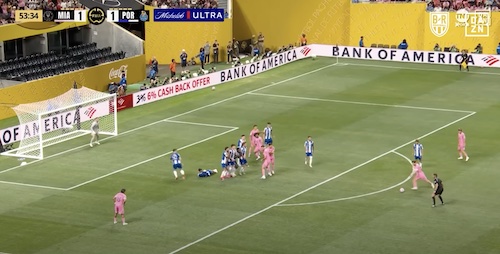Plyometrics soccer: If you want to increase your speed and strength and prevent injuries, then plyometrics are the ideal place to start if you’re a soccer player. Plus, plyometrics are good for strengthening the muscles around the knee, so you avoid any MCL strains or other knee injuries. Let’s learn more about plyometrics for soccer players.
Above image credit goes to BecomeElite – see their video below as well.
Plyometrics are excellent for maintaining strength and preventing injuries in soccer. Simply start out jumping over a soccer ball to the right and left twenty times and then forward and backwards over the ball twenty times is a simple plyometric exercise to start out with. This is with both feet. Yes, this is an easy and simple way to do plyometrics.
Next you can do this on one foot, first jumping with the right foot over the ball and then switch to the left – going forward and backwards and then to the right and left. There are all kinds of jumping exercises you can do build strength.
Speed and strength are integral components of fitness found in varying degrees in virtually all athletic movements. The combination of speed and strength is power.
For many years soccer coaches and soccer players have sought to improve power in order to enhance performance. Throughout this century and no doubt long before, jumping, bounding and hopping exercises have been used in various ways to enhance athletic performance. In recent years this distinct method of training for power or explosiveness has been termed plyometrics.
Whatever the origins of the word the term is used to describe the method of training which seeks to enhance the explosive reaction of the individual through powerful muscular contractions as a result of rapid eccentric contractions.
Muscle Mechanism
The maximum force that a muscle can develop is attained during a rapid eccentric contraction. However, it should be noted that muscles seldom perform one type of contraction in isolation during athletic movements. When a concentric contraction occurs (muscle shortens) immediately following an eccentric contraction (muscle lengthens) then the force generated can be dramatically increased. If a muscle is stretched, much of the energy required to stretch it is lost as heat, but some of this energy can be stored by the elastic components of the muscle. This stored energy is available to the muscle only during a subsequent contraction. It is important to realize that this energy boost is lost if the eccentric contraction is not followed immediately by a concentric effort. To express this greater force the muscle must contract within the shortest time possible. This whole process is frequently called the stretch shortening cycle and is the underlying mechanism of plyometric training.
Choose the method to fit the sport
The golden rule of any conditioning program is specificity. This means that the movement you perform in training should match, as closely as possible, the movements encountered during competition. If you are rugby player practicing for the line-out or a volleyball player interested in increasing vertical jump height, then drop jumping or box jumping may be the right exercise. However if you are a javelin thrower aiming for a more explosive launch, then upper body plyometrics is far more appropriate.
Plyometric Exercises
The following are examples of lower body and upper body plyometric exercises.
Drop Jumping: – This exercise involves the athlete dropping (not jumping) to the ground from a raised platform or box, and then immediately jumping up. The drop down gives the pre-stretch to the leg muscles and the vigorous drive upwards the secondary concentric contraction The exercise will be more effective the shorter the time the feet are in contact with the ground. The loading in this exercise is governed by the height of the drop which should be in the region of 30 to 80 cm. Drop jumping is a relatively high impact form of plyometric training and would normally be introduced after the athlete had become accustomed to lower impact alternatives, such as two-footed jumping on the spot.
Bounding and hurdling: If forward motion is more the name of your game, try some bounding. This is a form of plyometric training, where over sized strides are used in the running action and extra time spent in the air. Two-legged bounds reduces the impact to be endured, but to increase the intensity one legged bounding, or hopping, can be used. Bounding upstairs is a useful way to work on both the vertical and horizontal aspects of the running action. Multiple jumps over a series of obstacles like hurdles is a valuable drill for athletes training for sprinting or jumping events.
Examples of lower body plyometric exercises with intensity level:
Standing based jumps performed on the spot (low intensity) – Tuck Jumps, Split Jumps
Jumps from standing (low-medium intensity) – Standing long jump, Standing hop, standing jump for height
Multiple jumps from standing (medium intensity) – bounds, bunny hops, double footed jumps over low hurdle, double footed jumps up steps
Multiple jumps with run in (High intensity) – 11 stride run + 2 hops and a jump into sandpit, 2 stride run in + bounds
Depth jumping (high-very high intensity) – jumps down and up off box (40 to 100cm), bounding up hill
Eccentric drop and hold drills (high-very high intensity) – hop and hold, bound/hop/bound/hop over 30 meters (athletes stops and holds on each landing before springing into the next move), drop and hold from a height greater than one meters
Learn More:
To learn more: Sports Coach











